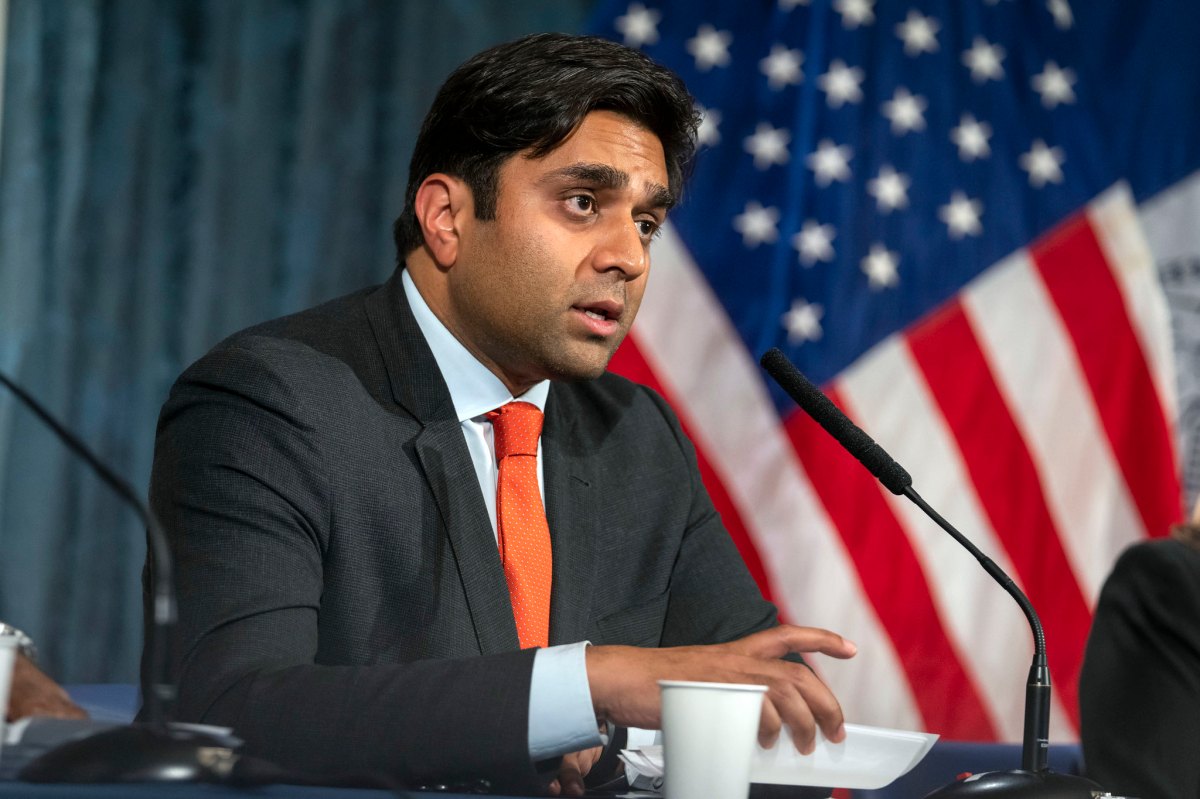By David Stanke
In the aftermath of the destruction of the World Trade Center, with the massive grief we all experienced, perhaps we all needed to drop the limits on our ability to dream. But we are at a stage Downtown where we require very clear and disciplined planning based on realistic objectives. We have dreamed for three years and we now wake up to a very desolate picture at the W.T.C., with the full recovery Downtown still seriously at risk. It’s time to stop imagining and start executing. In planning the distribution of the Lower Manhattan Development Corporation’s Community Development Block Grants, that might mean giving up some cherished but unsupportable projects.
The focus should be on quality of projects rather than quantity. The funds were provided in response to the damage caused by 9/11. They should be spent as close to the site of actual damage as possible and directly address what was lost. Trying to spend too broadly on too many projects supported by special interests will produce the same results that we have at the W.T.C. site: a lot of money spent with no focus and nothing to show for it.
The W.T.C. was an expansive public space. There are many projects that meet both of these principles. The bias of the L.M.D.C. in the past has been to attempt to accomplish too many things for too many special interests with too few resources. Learning from the past and given the state of affairs, this is the time for focus and execution.
The selection of projects to fund should avoid the appearance of pork barrel politics or general favoritism. To ensure this, the recipients should come from the public domain: transportation (especially public transportation and projects that reduce vehicle traffic and energy consumption), public space (such as parks), public schools, W.T.C. infrastructure and security for the area. Also, when public requirements for the W.T.C., such as Libeskind’s design details, require excessive expenditures, the funds (or new federal subsidies) should defray the costs. This would also provide a clear check on the real value of specific design elements.
The W.T.C. memorial and cultural center should raise their own funding without support from L.M.D.C. block grants. The memorial will be costly to build and to run, but it will have very little impact on community development. If this is really going to be a memorial for America, it should be supported by the good will contributions of the American people. A memorial foundation has been established to do this. If the memorial and cultural center cannot be supported in this manner, perhaps some modifications to reduce costs are in order.
Projects that can be self-supporting and possibly pay back the original investment should be given a priority. For instance, a proposed platform over the Brooklyn Battery Tunnel entrance could support residential development in this area known as Greenwich Street South, space for public schools, and a park. Sale of development rights would generate extra funds for the M.T.A., but could also be used to pay back the original L.M.D.C. investment. The L.M.D.C. expenditures should be small direct investments that spark larger overall investment by private enterprises or public agencies.
All supported projects should provide services to broad segments of the population. The cultural centers at the W.T.C., for instance, will probably not satisfy this objective because the target audience will be too selective. These entities should develop plans that are self-funding to pay for use of the facilities. I love art, music, museums, etc., but also know that I should pay the cost of these forms of entertainment. L.M.D.C. money can help these facilities by providing better transportation from surrounding areas.
No money should be spent on environmental issues or the cleaning of contaminated buildings. All money for these important projects should come directly from incremental funds provided by the Environmental Protection Agency. Decontaminating Downtown and removing the remaining wreckage is not community development. It is the obligation of the federal government, which failed to protect its citizens from an attack by a foreign power.
There is no longer any need to invest public funds on additional Downtown housing. Liberty Bond money was probably already wasted on residential development that would have happened anyway. On 9/11, no housing, subsidized or market rate, was destroyed. With a shortage of school seats Downtown and the Board of Education not committing to specific solutions, it makes no sense to subsidize a residential population.
The East River waterfront, Chinatown traffic improvements and perhaps the Hudson River Park are all worthy projects, but they are only tenuously linked to 9/11 and the W.T.C. They should only be supported if they can generate substantial supplemental private or public funds, thus highly leveraging a modest investment.
The rail link to J.F.K. would be a great asset to Downtown, especially the business community. But it is an expensive project that will get less than 20 percent of its cost from block grants. The L.M.D.C., city, and state planners should carefully evaluate the real benefit for this link and put in place a complete funding plan before the L.M.D.C. commits anything to it.
Based on the considerations above, I would recommend helping to fund specific projects including the Cortlandt St. station at the W.T.C., the Lower Manhattan section of the Second Ave. subway, Downtown public school development, W.T.C. security, W.T.C. infrastructure and improvements near the Brooklyn Battery Tunnel entrance platform.
David Stanke lives across from the World Trade Center site and frequently writes about Lower Manhattan rebuilding.
WWW Downtown Express


































